There is a widespread misconception that cashmere irritates since it is manufactured from goat hair. Why are cashmere sweaters, shawls, blankets, and other goods, all touted as luxury products, so popular if they cause itching and scratching? Is cashmere itchy for skin? Are things made from cashmere deserving of the acclaim they receive?
Table of Contents
Does Cashmere Make You Itch?
Concerning the question of whether or not cashmere causes itchiness, there appears to be a great deal of misunderstanding. Let’s get one thing straight, shall we? Cashmere does not have an innately scratchy quality. Cashmere is one of the textiles offering the highest comfort and luxury level.
Why, therefore, do some individuals find cashmere to be irritating to their skin? Several different hypotheses may be true. To begin with, there is always the possibility that the cashmere sweater hasn’t been properly conditioned.
Because cashmere is such a fragile material, it requires special attention. If you don’t condition your cashmere regularly, it is more likely to become dry and brittle, which increases the likelihood that it may irritate your skin when worn.
There is also the potential that you have an allergic reaction to the cashmere fibers themselves. It is conceivable, though doubtful, to have an allergic reaction to the fibers utilized in cashmere production. Get yourself checked out by a medical professional or an allergist if you have any reason to suspect that you may be allergic to cashmere.
Finally, it’s conceivable that the irritation you’re experiencing results from the construction of the cashmere sweater you’re wearing. This is another possibility.
The processing of cheaper, lower-quality cashmere frequently involves the use of harsh chemicals and dyes, both of which have the potential to hurt the skin. If you are concerned about cashmere causing itching, you should only choose cashmere that has been professionally treated and is manufactured from high-quality fibers.
What Causes Cashmere to Have an Itching Feeling?

Cashmere shouldn’t have an irritating quality to it. As was said before, the fibers utilized to manufacture genuine cashmere are lovely and tend to stick to one another. Because of this, individual hairs will not be able to poke out of a garment and irritate a person’s skin by rubbing against it.
This is the cause of the itchiness caused by wearing certain goods. Because genuine cashmere is supple and silky to the touch, it should not hurt even the skin of someone with the most delicate complexion, such as a newborn baby.
If the cashmere sweater or scarf you purchased feels itchy, this almost probably indicates that the item was not crafted utilizing one hundred percent pure cashmere and of a high grade.
It is possible that other fibers were blended in with the cashmere fibers before the sweater or scarf causing you to scratch, was made. This is true even though the label may state otherwise.
This is something that many different manufacturers often do. The price of high-quality cashmere is quite exorbitant because it is so difficult to find and only accessible in limited numbers. Because of this, producers may combine different fibers with genuine cashmere to keep production costs reasonable.
These inferior fibers do not contain the same attributes as cashmere; they are not as soft and can stick out from clothes to rub against your skin. Cashmere is a luxury fiber that is known for its luxurious features. What is the result? That vexing itching and scratchy sensation throughout the body.
Therefore, if the cashmere sweater you are wearing causes you to experience itching, you may be sure that the shirt does not consist of one hundred percent pure cashmere.
How Can I Prevent Cashmere From Feeling Itchier?
If you have any cashmere blend clothes, you may be seeking a solution to stop them from causing your skin to get irritated. However, your cashmere-only things should not cause any itching sensations. You are in luck since there are a few distinct concepts you can do to lessen the itchiness that comes along with wearing a cashmere blend.
1. Apply Hair Conditioner to Your Hair:
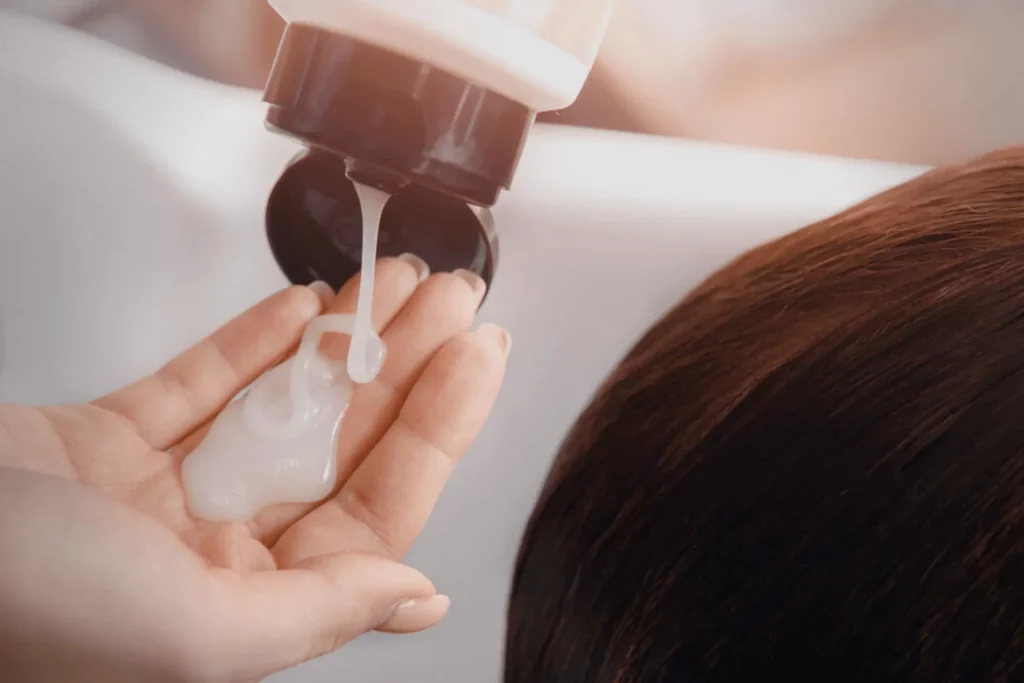
The usage of hair conditioner is one option that may be tried. In the same way that conditioner may be used to smooth out the cuticle layer of human hair, it can also be used to smooth out the cuticle layer of the wool fibers that are present on objects made of wool, such as cashmere blends.
Look for a type of hair conditioner that does not include sulfates or silicone before applying it to clothing made of cashmere. Sulfates and silicone are two components that might potentially cause harm to the fibers.
Before applying a hair conditioner to an itchy cashmere outfit, wash the item according to the directions provided by the garment’s maker. Allow it to dry slightly, but check to see if it still has some moisture.
Take some conditioner out of the container and put it in your hand. Just a little bit will do. Use your fingers to gently rub the conditioner into the fibers of the cashmere-blend item, whether it be a blanket, hat, sweater, or something else.
After working the conditioner into the fabric of the item you are conditioning, set a timer for roughly half an hour and let it sit. Use lukewarm water to rinse the garment thoroughly. You may want more than one rinse to remove the conditioner entirely.
When you put on the item, it will feel slimy if there is any remaining conditioner. The excess water may be removed from the article by gently rolling it on a clean white towel, and then it should be dried flat to minimize straining.
The rougher fibers that may have been mixed in with the cashmere may be made more manageable by allowing the conditioner to soak onto the threads for thirty minutes. This may cause a significant difference in how comfortable your sweater is to wear next to your skin.
2. Vinegar and Water:
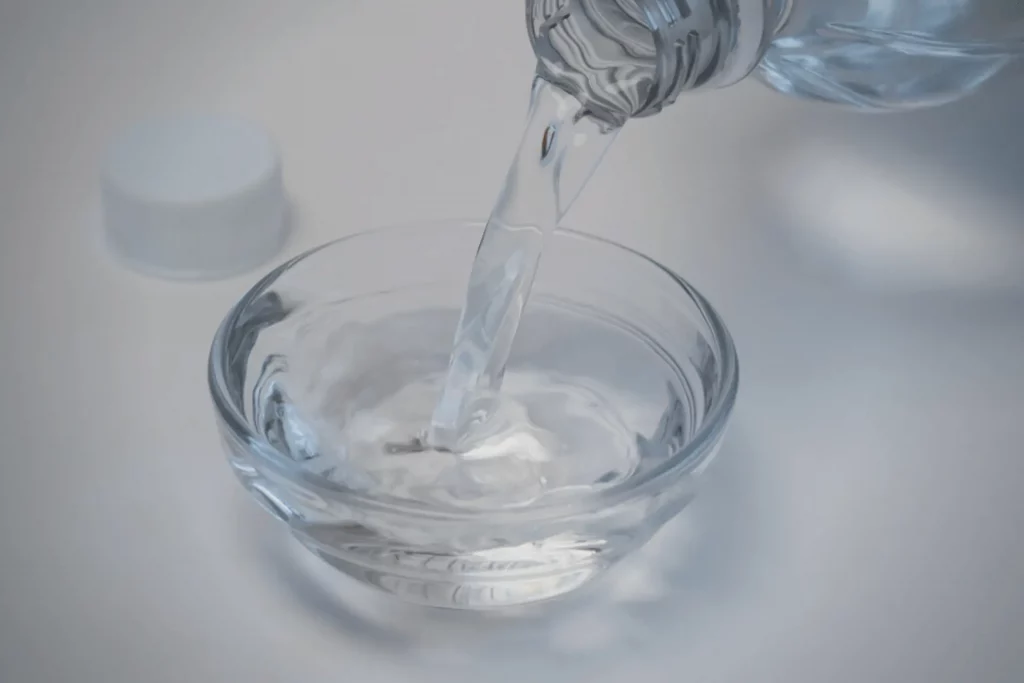
Using white vinegar and water is yet another strategy for treating itchy cashmere blends you might wish to experiment with. This approach is straightforward and uses things you probably already have lying around the house.
To begin, fill a basin with ice-cold water and set it aside. The cashmere item that you are attempting to soften should be able to fit entirely in the bay, so make sure that you select something that is sufficiently large for the task. To the water in the bay, combine two tablespoons of white vinegar and stir.
The best way to clean the cashmere-blend clothing is to turn it inside out and then soak it in the mixture of cold water and vinegar. It is necessary to immerse the dress entirely in the liquid for approximately fifteen minutes.
If you see that any of the components are beginning to float above the water, you will need to locate something to utilize as a weight to keep those components submerged.
After fifteen minutes, give the garment a couple of washes in lukewarm water before proceeding. It is expected that this will eradicate all residues of the vinegar.
Put the wet object on a fresh white towel, then wrap up the towel to squeeze out as much extra water as possible. Arrange the clothing so that it can dry flat.
How Should Cashmere Be Maintained?
A cashmere shawl requires the same tender loving care as a newborn child. Everything, from how you wear it to how you wash it, dry it, and store it, should be done with the appropriate amount of attention and care.
This luxurious cloth should be hand washed rather than put through a machine washing cycle. Add some Cashmere shampoo to a bath of lukewarm water, and you’re good to go.
You may also use gentle baby shampoo if you don’t have any of that particular shampoo. Soak the product for a minute, then wash it off with cold water to remove any residue.
The drying of cashmere must be done naturally. Lay your sweater or wrap it on top of a dry towel and roll the towel to get the water out of your clothing. Switch out this damp towel with a new dry one, and let the delicate fabric dry naturally in the air.
Putting away your cherished wrap or scarf again requires you to engage in appropriate behavior. It is imperative that the location where you keep your priceless possessions be spotless, arid, and sanitized.
It is best not to keep it in plastic since plastic encourages moisture growth. Instead, wrap it in thick tissue sheets to prevent moisture from leaking and keep it secure.
What Are The Chances Of Having An Allergy To Cashmere?
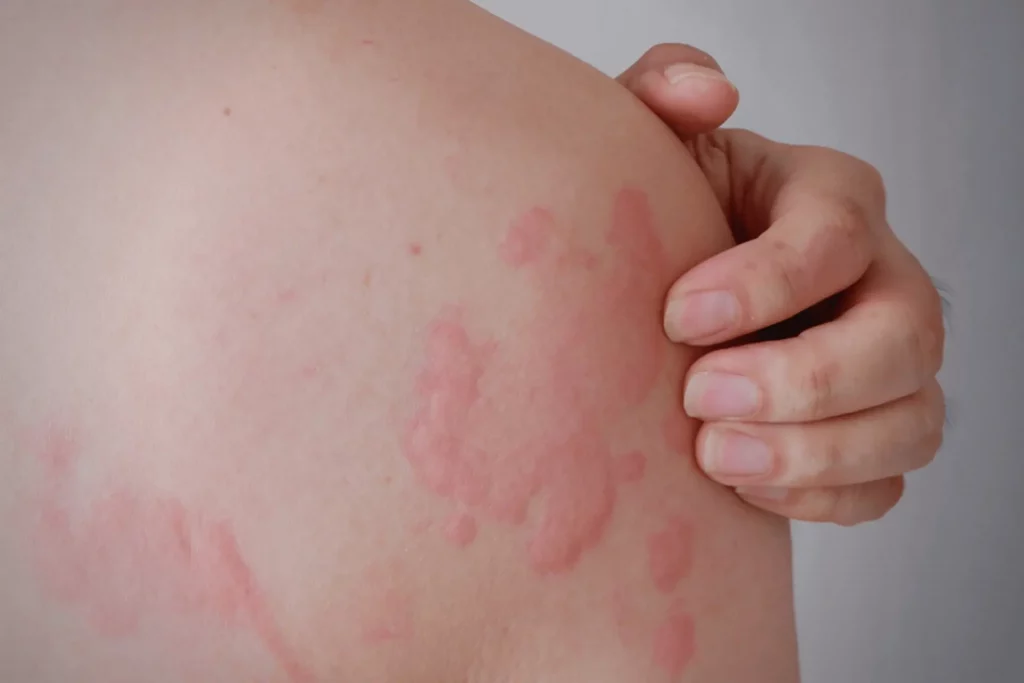
The likelihood of really suffering from an allergy to cashmere is vanishingly tiny. Since the fibers used to make cashmere are inherently hypoallergenic, most people will not adversely react to it.
People who believe they are allergic to cashmere because of previous responses most likely experienced an allergic reaction to one of the other fibers in a mix that was not genuinely 100 percent cashmere. This is because cashmere blends are more common than pure cashmere blends.
How is it Possible to Tell If Cashmere is Real?
On the hanger, genuine cashmere and “fake” cashmere may seem quite similar, but this shouldn’t fool you. After you’ve experienced wearing authentic cashmere, you’ll never again be able to mistake it for anything else.
Even while cashmere becomes softer with age, it should never feel even the slightest bit scratchy or unpleasant on your skin. Cashmere should always feel smooth and luxurious. If it happens, you should view it as a cautionary indicator.
Put it through the wringer with a couple of these tried and true ways if you have doubts about whether a cashmere outfit is a real deal or if it’s pretty so fantastic a cashmere as the sales clerk is making out.
1. Stretch It Out a Little Bit:
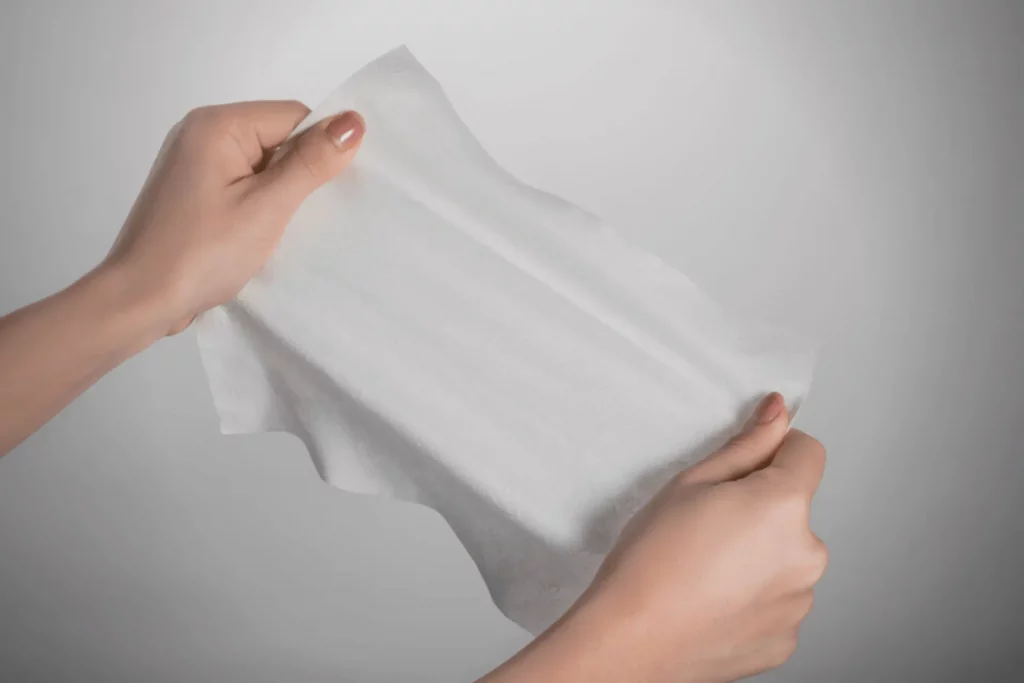
Cashmere of high quality can be stretched to any extent without losing its ability to spring back into form. First, give a small swatch of the fabric a little tug (if you’re doing this in a store, you might want to go into the dressing room first).
If it goes back into its original position when you press on it, you’ve got a winner. If it doesn’t, it’s not. Also, for your safety, you should probably leave the store as quickly as possible before anybody else discovers what you’ve done.
2. Look Right Through It:
A tightly knit cashmere will result in an item of high quality and purity. Look through a piece of cloth by stretching it slightly, holding it up to the light, and then looking through it.
If you can see what is on the cloth’s reverse side, you should place the item back on the rack and get out of there as quickly as possible. You know you’ve made the right choice when the knit is so dense that you can’t make out anything other than the cloth itself.
3. Rub it:
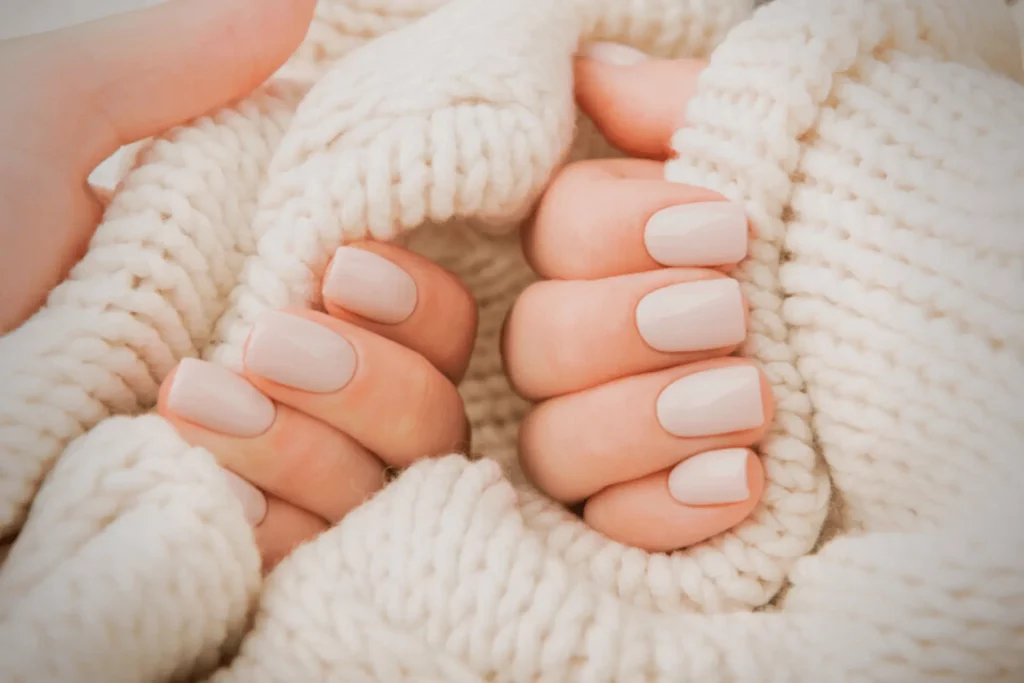
Even while every variety of cashmere will eventually get fuzzy and pill over time, the cashmere created from the highest quality fibers will maintain its resistance to pilling for a significantly more extended period.
To determine the level of quality of the clothing, rub your palm over its surface gently. If it starts to pill right away, you may be sure that the fibers utilized were of a shorter and poorer quality.
5. Check for Fluffiness:
Put down the cashmere sweater you’re looking at if the first thing that strikes you is how fluffy it seems when the light hits it. When it comes to cashmere, shorter strands indicate a smoother texture.
While it may be comfortable to wear, a garment produced from short hair is likely to pill and wear out far more quickly than a similar item created from long hair. In an ideal situation, you should seek a “fluff” no more than 1 or 2 millimeters.
6. Be Sure to Check the Price:

The cost of a cashmere garment is the one characteristic shared by all brands, even though cashmere can be found in various hues and designs. There is no way around the fact that cashmere is an expensive material.
Please resist the urge to buy anything inexpensive, even though it is usually tempting. You can bet your bottom dollar that something fishy is going on if a merchant sells natural cashmere for a price tar lower than the norm, and the actual label is the first red flag.
7. Turn it Over:
Cashmere of a superior grade does not wrinkle. Cheap imitations almost often fail. If you roll the clothing into a ball and it emerges from the experience without any wrinkles, the fiber composition likely includes high-quality cashmere.
If it emerges from the process with more creases than a bulldog, it is improbable that the fibers have ever been in any proximity to the belly of a goat.
8. Take a look at the Report:
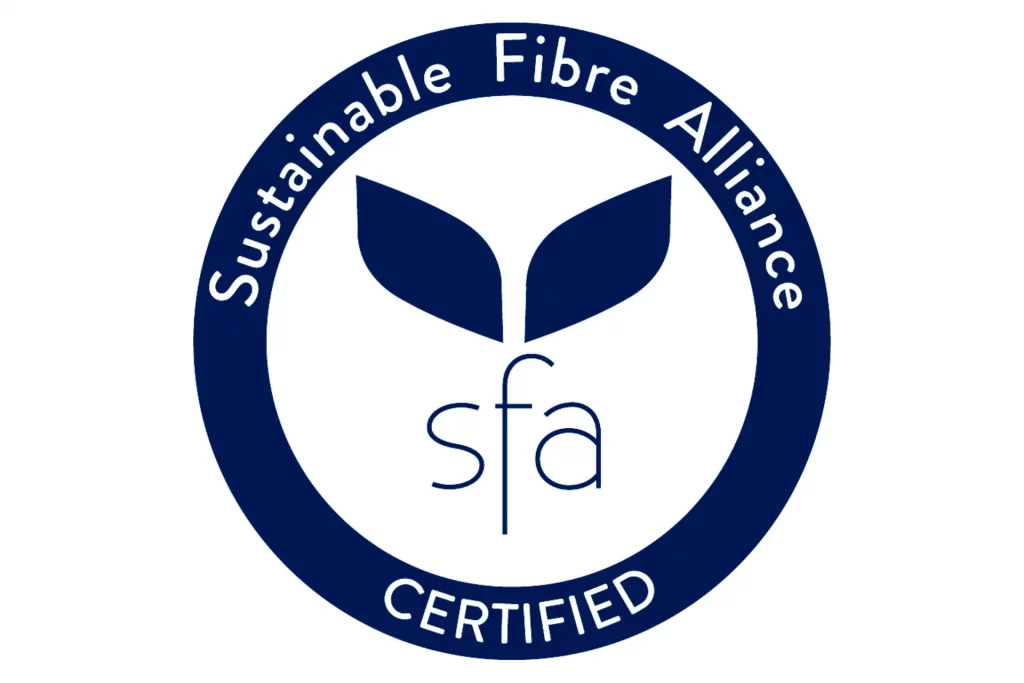
If it means they may earn a commission, most sales assistants will tell you anything. If someone claims that a sweater is made of the highest quality cashmere, you should need them to put their cash where their mouth is by asking to see the certificate that proves it.
Providing a cashmere quality certificate with high-end cashmere products is standard practice. The mean fiber diameter is one of the things that readers should keep an eye out for in the report; as a simple rule of thumb, the lower the figure, the better the cashmere.
Frequently Asked Questions:
What Is the Feel of Cashmere?
Is cashmere itchy? Since it’s manufactured from animal hairs, you may wonder. No, cashmere, exceptionally high cashmere, does not itch. Cashmere, on the other hand, has a silky, sumptuous hand. To manufacture cashmere, the undercoat hairs utilized to make it are fragile and delicate.
What is Cashmere’s manufacturing process?
Mongolian and Chinese Cashmere goats’ hair is used to make the luxurious fabric. The goats had to adapt to the chilly conditions in each region because of the extreme cold. For this, they created a garment with two layers of fleece.
Bottom Line:
Cashmere is made from the wool of Cashmere goats, which grow a fine, soft undercoat to keep them warm in cold climates. The fiber is collected by combing or shearing the goat.
Cashmere is not itchy. It’s one of the softest fabrics known to man. It’s also very lightweight and breathable, making it perfect for chilly weather wear.

